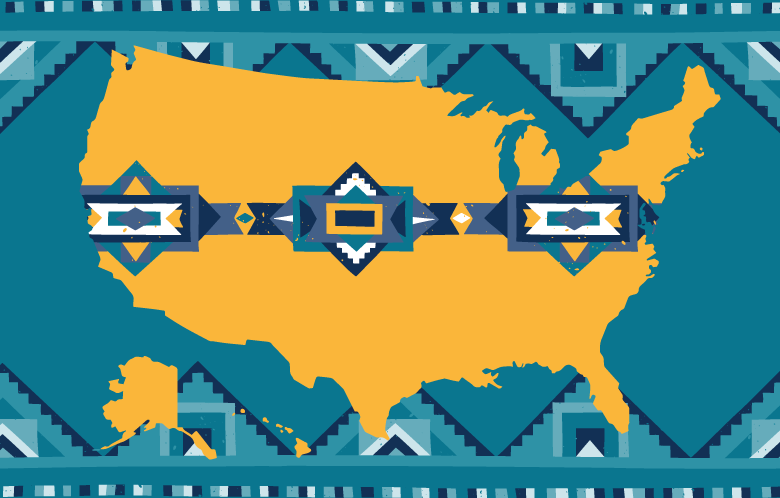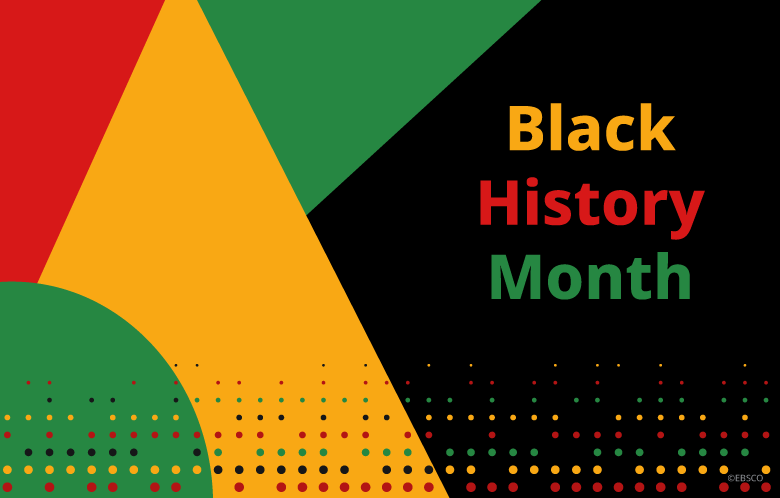Each November, the United States celebrates the vibrant, diverse histories of Indigenous people through Native American Heritage Month. Few things exemplify the cultural wealth and resilience of Native peoples as much as language. Many Indigenous nations are devoting resources to reviving their languages, as part of efforts to revitalize traditional cultures. The high school curriculum doesn’t often study contemporary Native people, making it easy for students to forget that Native people have a vital and evolving presence in modern society.
One aspect of modern Indigenous life that can be introduced in classrooms is language preservation and renewal. Preserving language helps preserve culture, and encouraging students to explore such cultural preservation can offer a new way to understand Indigenous people and their important place in American history and contemporary society. Indigenous languages have extended beyond Native communities; the Navajo language was used to create unbreakable codes during World War II and English has borrowed numerous words from different Native languages.
Historically, forced assimilation removed children from their Native communities and suppressed the transmission of Native culture and language skills. The effects continue to be felt; North American Indigenous languages once numbered around 300. Today, surviving languages number around 154. Now, Indigenous communities around the country run programs to help their people learn ancestral languages. For example, the Miami Tribe of Oklahoma has educational programs for tribal citizens and Hawaii has more than 20 public schools with Hawaiian-immersion classes.
Here are some resources and topics to explore with your students. These will be freely available through November 30, 2023:
- An overview of writing systems and the movement toward protecting languages: Language Preservation and Renewal
- An article on using rap to create interest among young people on the Sisseton Wahpeton Oyate nation to learn the Dakota language: Dakota Language in Rap Music
- An interactive activity on the important of preserving Indigenous language: Activity 1: Indigenous Language Preservation
- A table showing the influence of Native languages on English: English Loan Words from Eastern Algonquian Languages
- An article about Navajo soldiers creation of an unbreakable code during World War II: Navajo Code Talkers



